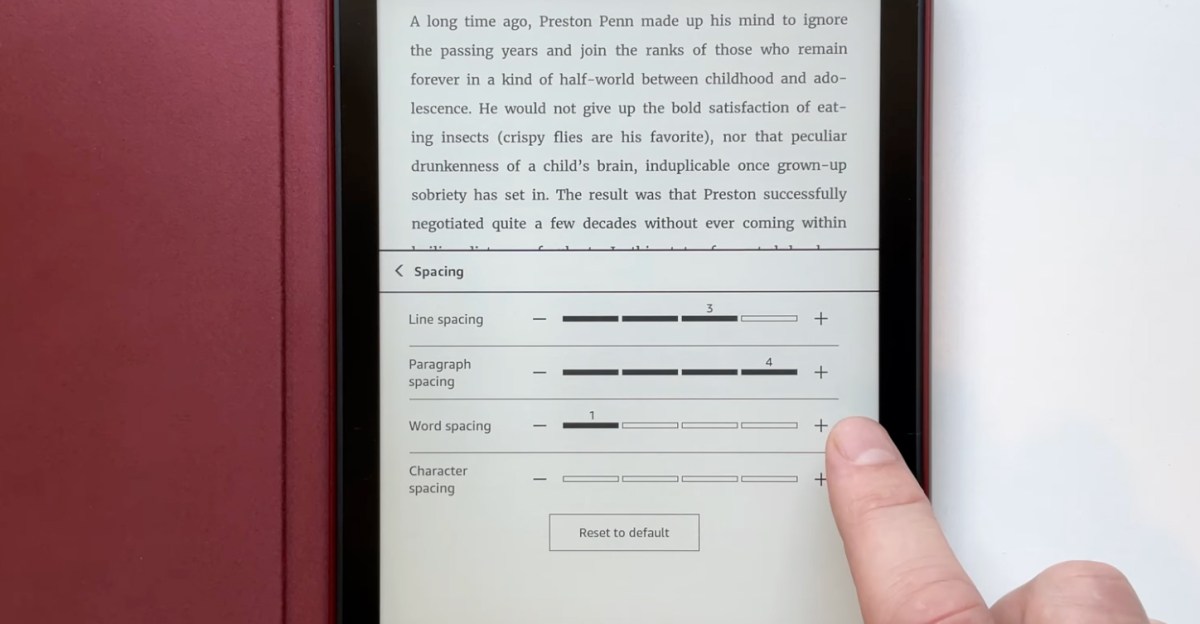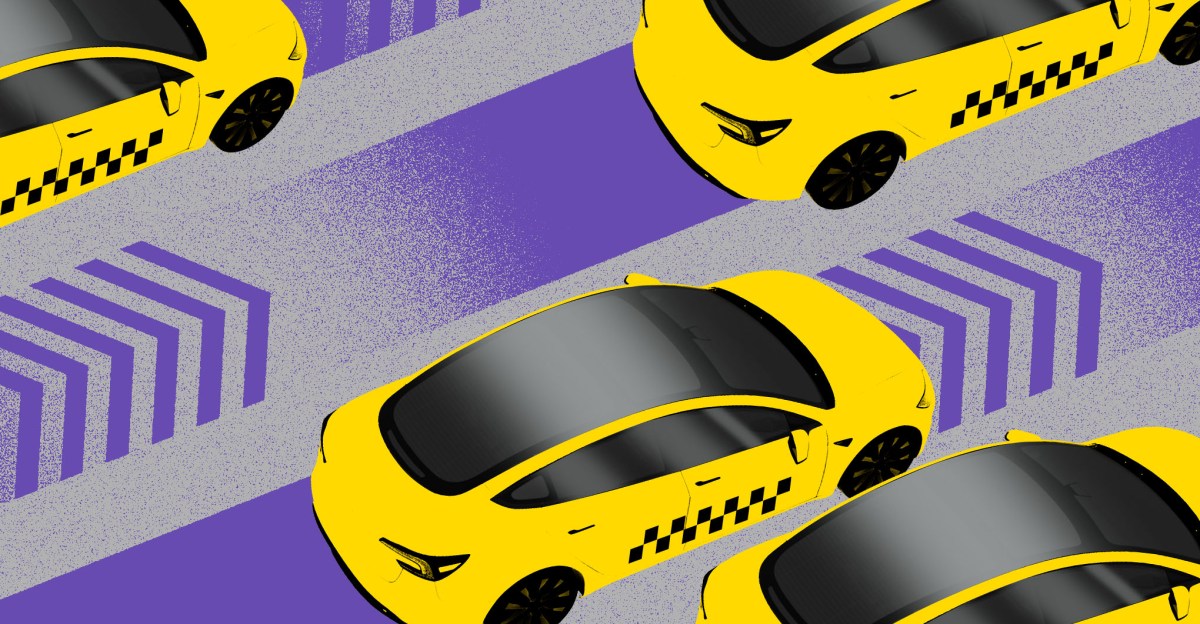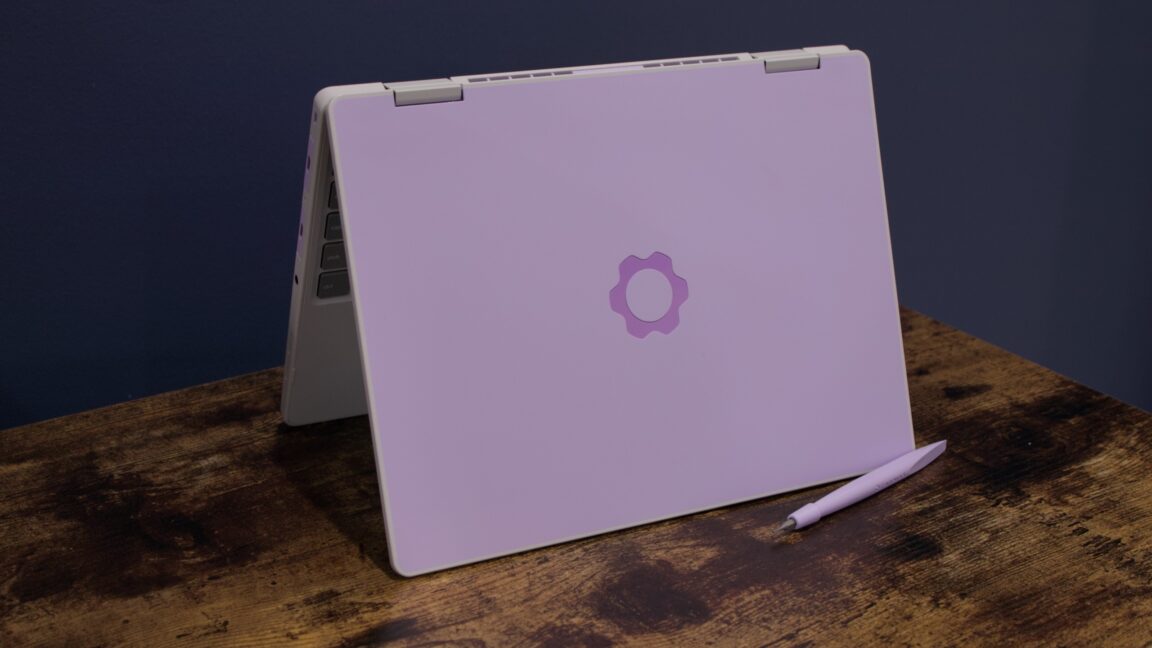A ghost lineage comes to life
Denisovans are the ghost in our family tree. For scientists, a “ghost lineage” is one that’s known mostly from genetic evidence, not fossils; like a ghost, it has a presence we can sense but no physical form we can touch. With the extremely well-preserved Harbin skull identified as a Denisovan, though, we’re finally able to look our “ghost” cousins in the face.
Paleogeneticists have recovered Denisovan DNA from tiny fragments of bone and teeth, and even from the soil of a cave floor. Genomics researchers have found segments of Denisovan DNA woven into the genomes of some modern humans, revealing just how close our two species once were. But the handful of Denisovan fossils paleoanthropologists have unearthed are mostly small fragments—a finger bone here, a tooth there, a jawbone someplace else—that don’t reveal much about how Denisovans lived or what they looked like.
We know they existed and that they were something slightly different from Homo sapiens or Neanderthals. We even know when and where they lived and a surprising amount about their genetics, and we have some very strong hints about how they interacted with our species and with Neanderthals. But we didn’t really know what they looked like, and we couldn’t hope to identify their fossils without turning to DNA or protein sequences.
Until now.

Credit:
loronet / Flickr
The face of a Denisovan
So what did a Denisovan look like? Harbin 1 has a wide, flattish face with small cheekbones, big eye sockets, and a heavy brow. Its upper jaw juts forward just a little, and it had big, robust molars. The cranium itself is longer and less dome-like than ours, but it’s roomy enough for a big brain (about 1,420 millimeters).
Some of those traits, like the large molars and the long, low cranium, resemble those of earlier hominin species such as Homo erectus or Homo heidelbergensis. Others, like a relatively flat face, set beneath the cranium instead of sticking out in front of it, look more like us. (Early hominins, like Australopithecus afarensis, don’t really have foreheads because their skulls are arranged so their brains are right behind their faces instead of partly above them, like ours.)
















Leave a Reply